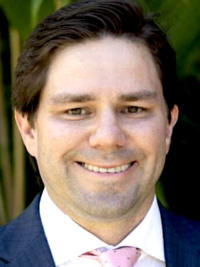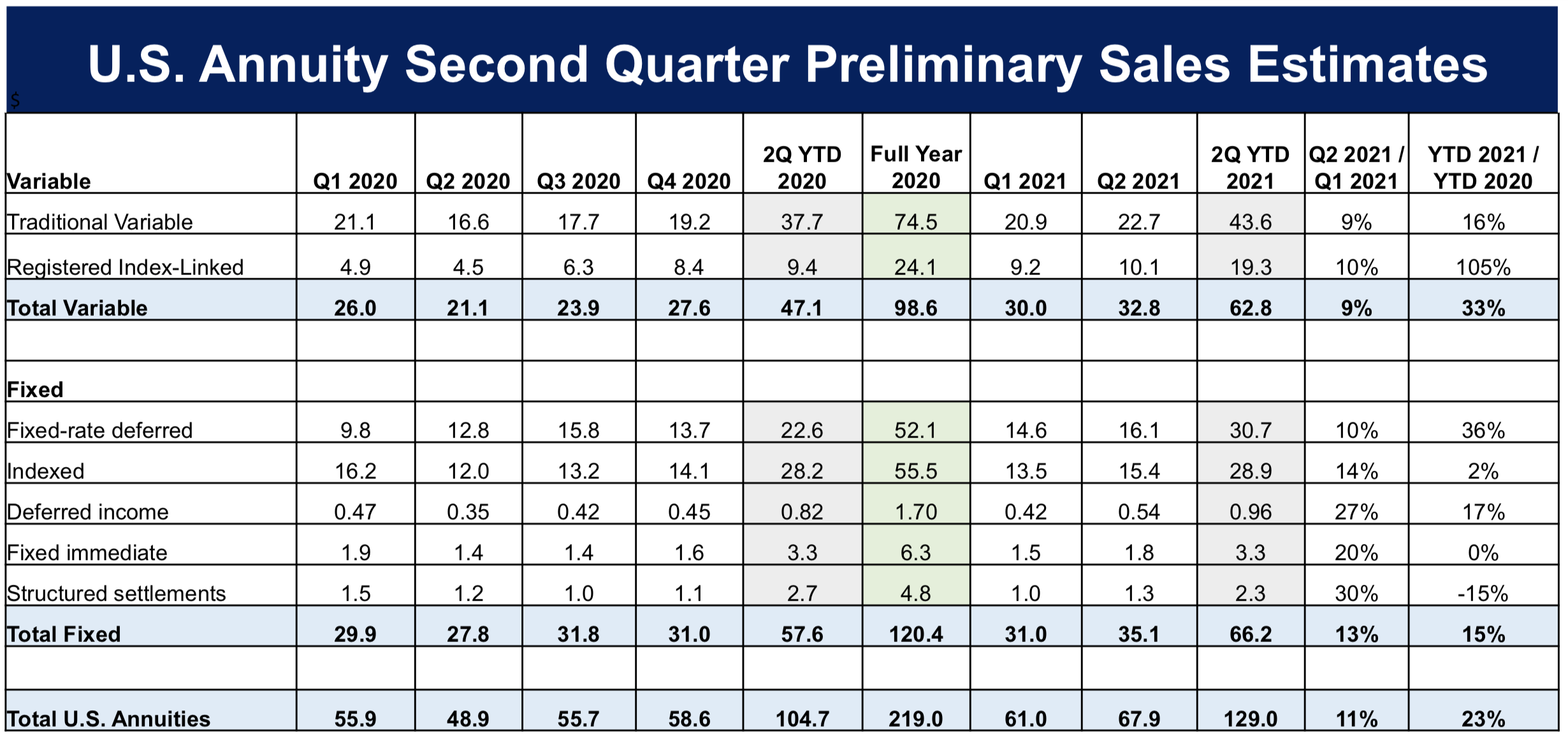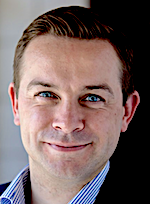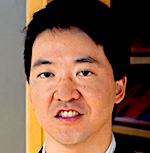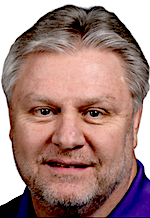
The biggest life/annuity industry trend of the decade has been happening in plain sight for years. Only recently have I started reading and writing about it. I’ve discovered that others have been following it since at least the mid-2010s.
At RIJ, we call this phenomenon the Bermuda Triangle Strategy.
“Bermuda Triangle” refers to the trend among publicly traded life/annuity companies to reinsure capital-intensive blocks of life insurance and annuity liabilities. The reinsurers then engage large, global private equity or “buyout” firms to manage the investments that back the liabilities.
This strategy seems to help everybody. The life/annuity companies reduce liabilities and get cash out in the form of released capital. They use part of the money to buy back stock. The reinsurers, often in Bermuda, get new business. The buyout firms earn asset management fees.
These deals are sometimes plain-vanilla, arms-length transactions between well-capitalized entities. They help relieve the financial stresses on life/annuity companies, which under-priced products, low interest rates and new regulations created.
But Bermuda Triangle deals also include low-transparency transactions between affiliated companies, which makes some industry-watchers worried. They fret that reinsurers might be undercapitalizing the annuity liabilities and that their asset management-partners might be taking too much risk with the annuity assets.
State and federal regulators and economists at elite universities started tracking this phenomenon in the wake of the Great Recession. That crisis drove many big changes in the life/annuity business, such as the departure of foreign-owned companies from the industry, MetLife’s spin-off of its individual annuity business as Brighthouse, the purchases of life insurers by private-equity firms, the popularity of index-linked annuity contracts, and so forth.
Researching the history of this trend, I found a 2014 study, “Variable Annuities—Recent Trends and the Use of Captives,” by analysts David (Fengchen) Du and Cynthia Martin, then at the Boston Fed. They focused on “insurers’ use of reinsurance captives to transfer the risks of the VA guarantee exposures.”
Here’s a summary of the tale they tell. In 2009, the Great Recession exposed, among other things, the vulnerability of the implicit put options (i.e., insurance against a big market drop) in the guaranteed lifetime withdrawal benefit (GLWB) riders on variable annuities. (By then, Moshe Milevsky of York University had warned that the riders were underpriced for the potential risks they posed to life insurers.)
When the stock market crashed in 2008, the value of securities backing the contracts’ promises of lifetime income fell. That required annuity issuers to put up more capital, even though many of their guarantees were decades from coming due. In response, life/annuity companies with big books of VA/GLWB business relieved pressure by the transferring liabilities to reinsurers they themselves owned. (Traditional third-party reinsurers had little appetite for the business at the time.)
Those moves saved the companies a fortune. “Without the RBC [risk-based capital] benefit derived from captive transfers, an estimated $14.4 billion to $34.9 billion of additional statutory capital would be required of the top 10 VA life insurers transferring VA risk to captives,” the Boston Fed analysts wrote.
The analysts also flagged the lack of transparency in the early affiliated reinsurance deals, the use of “contingent” assets to back the reinsured liabilities, and the potential for using “capital arbitrage” to hide undercapitalization of the liabilities—the liabilities being the retirement savings of millions of American households.
Martin and Du recommended new regulations to prevent an epidemic of capital arbitrage. They saw a need for “consolidated capital requirements” to prevent the flight of liabilities to havens like Bermuda where capital requirements were lower.
“The use of affiliated reinsurance captives does not transfer risk outside of the consolidated organization, yet their use allows VA writers to hold less RBC and enables the transfer of risk to a regulatory regime with lower capital requirements. Thus, the use of reinsurance captives obscures existing statutory capital adequacy assessments and can leave VA statutory writers and their insurance holding companies with less ability to absorb market and other tail risks which emanate from this significant and volatile business.”
Those regulations were never created. Instead, private equity companies began identifying opportunities to gain access to annuity assets through reinsurance deals and even the purchase of distressed life/annuity companies—starting with Harbinger’s purchase of Old Mutual in 2013—so that they could reinsure and refinance annuity contracts that they themselves create.
KKR, Blackstone, Apollo, and the Carlyle Group are now among the giant asset managers with stakes in the life/annuity business, with close ties to Global Atlantic, F&G, Athene and Fortitude Re, respectively. Ares Management recently entered the arena through the formation of Aspida Financial. Asset managers have set up “Insurance Solutions” divisions to guide life/annuity companies through the reinsurance and reinvestment (i.e., Bermuda Triangle) process.
Over the past year, RIJ has heard concern expressed by a variety of sources—a retired reinsurance executive, an adviser unsure about the financial health of indexed annuity providers, and a life/annuity executive principal involved in a current reinsurance deal, a Federal Reserve analyst, a Treasury official and academics—about potentially dangerous capital arbitrage and excessive risk-taking with annuity assets.
While they’ve seen the benefits of reinsuring underfunded liabilities and leveraging the “loan origination” savvy of buyout firms, they worry about the quantity and the quality of the assets supporting reinsured annuities in regulatory havens like Bermuda, Vermont, Arizona and elsewhere. Lacking adequate insight into the reinsurance transactions and the investment practices of the buyout firms, they see the ingredients for a potential life/annuity industry funding crisis—just when retired annuity owners start asking for their money back.
© 2021 RIJ Publishing LLC. All rights reserved.

